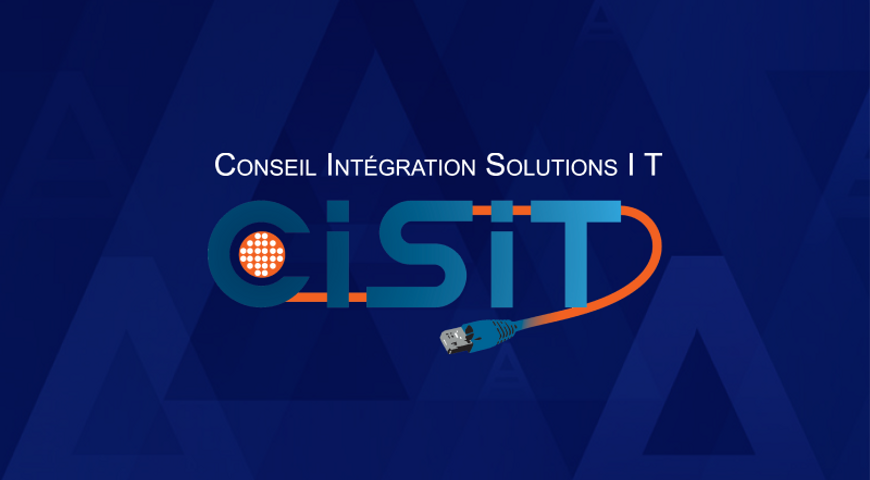Our fourth and final installment on the subject of Low Risk Adoption of Cloud Infrastructure for Enterprises
Selecting an Enterprise Grade Cloud Provider
As we’ve seen, the reasons for a business to design and implement a cloud migration plan are twofold. First, the business needs to assess its own needs, resources and constraints in moving its IT operations to the cloud, and it needs to develop confidence in its ability to integrate and manage the cloud infrastructure. Second, the business has to choose a cloud infrastructure provider and develop confidence in the provider’s ability to perform. Vendors should be evaluated based on their architecture, support offerings, and strength of the contract/SLA.
Hybrid cloud architecture
Look for provider with a technical architecture that reduces risk and enables a smooth migration. Hybrid cloud solutions are a recent development that deliver all the benefits of public cloud while addressing the issues. Hybrid cloud solutions combine on-premises “local cloud” with off-premises “remote cloud”. The local cloud (also called private cloud) is dedicated infrastructure not shared with any other customers. Yet it provides the virtualization, scalability and elasticity of cloud solutions. The remote cloud (also called public cloud) uses shared physical resources in the provider’s data centers to serve multiple customers (but with secure virtual machines that maintain strict data privacy and capacity reserves).
The key to a successful Hybrid cloud architecture is to unite these two clouds into one seamless, secure cloud, managed and controlled from the same administrative interface. By setting up VPN or dedicated private lines, the remote cloud and local cloud behave as if they were inside the customer’s firewall, minimizing security risks.
Hybrid cloud supports cloud migration by giving customers a cloud solution that includes an on-premises portion that is under their control, creating peace of mind. Also, the hybrid approach gives customers flexibility in how to design their backup and disaster recovery solutions. For example, snapshots can be written to the local cloud, and then replicated to the remote cloud data center, meaning that there are three copies of all backed-up data, with copies both on- and off-premises. This minimizes risk and creates confidence in the IT team as they assess their cloud provider.
The hybrid cloud model begins with the placement of a local cloud device within the LAN environment. A secure, encrypted connection is established between the LAN and the remote cloud, and data and workloads are able to migrate in either direction. Once in place, the IT team can begin to use cloud services at a pace and in an architecture of their choosing. Ultimately, clients may end up with all primary services in the remote cloud, some combination of local and remote, or all local with disaster recovery, archive data and perhaps Test/Dev services in the remote cloud.
Enterprise agreement
As we’ve already seen, migrating to the cloud means establishing a corporate wide level of comfort with cloud computing in general, and the chosen cloud infrastructure provider specifically. Having a dependable infrastructure means having both dependable technology and a dependable provider standing behind it. Beyond choosing a cloud infrastructure provider with a flexible hybrid architecture, there are important non-technology concerns as well.
Businesses should look for a provider with a strong, comprehensive enterprise agreement (contract). The enterprise agreement should cover not just the basics like service level agreements, but insurance coverage carried by the provider; details of maintenance periods; data ownership and return; data security; support response times; and service credits. A cloud provider that won’t assume the necessary level of financial responsibility, no matter how compelling their technology or pricing, should be avoided. Otherwise, the IT team is putting the business at risk.
Service & support
The third key aspect of a cloud infrastructure provider is their client services and customer support. Businesses that want to migrate their key business applications to the cloud need to know that if they have a problem, or just a question, that someone will answer the phone, 24×7. Furthermore, complex infrastructure components like snapshotting, virtual machines, and storage subsystems can’t be entrusted to a vendor with a lack of expertise. Avoid vendors that put cost above quality and provide offshored support teams that aren’t experts in the technologies.
Conclusion
The promised benefits of cloud computing are well understood, generally agreed upon, and real. Real, that is, if companies do their homework before migrating to the cloud. Successful implementations of cloud infrastructure involve developing migration plans, and selecting vendors based on their ability to support that migration plan by offering multiple low-risk options for using cloud. The best choice of vendor will be the one with the flexible, hybrid architecture that supports multiple modes of using the cloud and a gradual migration to the cloud. The right vendor will also have an enterprise agreement and support team that instill confidence that the migration to the cloud doesn’t put the business at risk.
About Acronis
A Swiss company founded in Singapore in 2003, Acronis has 15 offices worldwide and employees in 50+ countries. Acronis Cyber Protect Cloud is available in 26 languages in 150 countries and is used by over 21,000 service providers to protect over 750,000 businesses.



